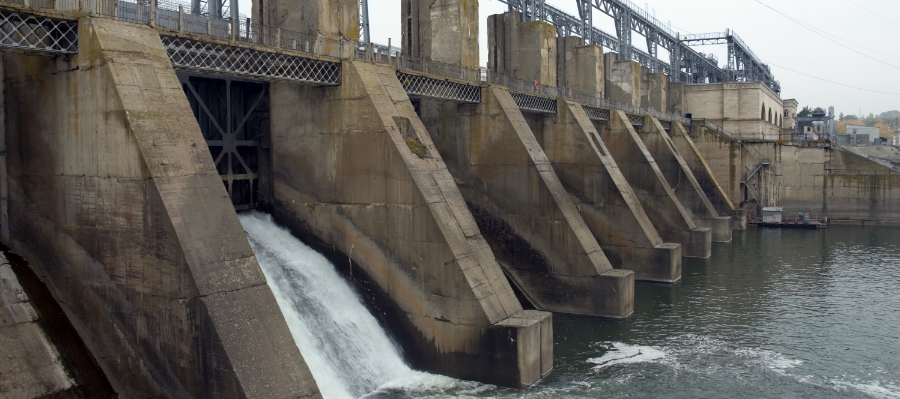The U.S. Environmental Protection Agency’s (EPA’s) plan to regulate carbon emissions is just the latest challenge facing the U.S. electric power system. Technological innovation is disrupting old ways of doing business and accelerating grid modernization. Earlier this year, AEE released Advanced Energy Technologies for Greenhouse Gas Reduction, a report detailing the use, application, and benefits of 40 specific advanced energy technologies and services. This post is one in a series drawn from the technology profiles within that report.

Several technologies can be used to store energy on the electricity transmission and distribution grid, including pumped storage hydro (PSH), compressed air energy storage (CAES), electrochemical batteries, flywheel systems and thermal energy storage systems. Electricity is then generated during peak hours by releasing the water through a hydro turbine. CAES stores energy by using an electric motor to drive an air compressor that fills a storage facility (typically an underground cavern) with compressed air. Electricity is generated when the compressed air is released to drive an expander. Electrochemical batteries store electricity as chemical energy and are used in a wide variety of applications from vehicles to flashlights. Lithium ion and other chemistries, including “liquid metal” technology, are being developed for use in the electricity grid and are currently used commercially on a limited basis. Flow batteries are variants of traditional batteries except that the chemicals are stored in tanks separate from the electrochemical cells where the reaction takes place, which extends the duration of storage. Flywheel systems store kinetic energy by spinning up a rotor to very high speeds and then by releasing the energy on an as-needed basis.
With storage playing a crucial role in modernizing the grid and incorporating renewable generation, the industry is rapidly expanding, with new innovations entering the space that is currently occupied by older systems. Pumped storage accounts for 95% of America’s 25 GW of existing energy storage, with most of the capacity constructed in the 1970s. The remaining 5% is spread across battery technologies, with CAES in limited use. The Bath County Hydro Pumped Storage Facility in Virginia is the largest pumped storage facility in the world; it has a 3 GW capacity and serves six states and Washington, D.C. The energy storage market is expanding quickly, with a number of utilities, including Pacific Gas and Electric, Southern California Edison, and Long Island Power Authority, having released RFPs for storage options.
Energy storage systems can provide benefits to grid operations on three basic timescales: Daily, hourly/sub-hourly, and seconds-minutes. Each storage technology has strengths and weaknesses relative to these timescales. Daily applications include providing firm capacity reserves and system-wide peak shaving when demand is high. On the timescale of tens of minutes to a few hours, energy storage can help with load leveling (smoothing) and peak shaving, for example, to help smooth and firm the output of variable renewable generation. Over timeframes of seconds to minutes, energy storage can help with frequency regulation, voltage support and reactive power. Batteries may be particularly good at these short duration applications because they use power electronics and can respond quickly to changing grid conditions. In addition to these operational benefits, energy storage can help defer or avoid traditional investments in generation (peaking plants), transmission and distribution. And although energy storage itself can be a net consumer of energy, it enables air emission reductions that are expected to outweigh this energy use. The emissions reductions benefits fall into three main categories: increasing grid flexibility to allow for higher penetration of variable renewable generation; offsetting emissions from older, dirtier plants for meeting peak demand; and improving grid efficiency by relieving constraints when demand is high, since this is when transmission and distribution equipment losses are highest.
